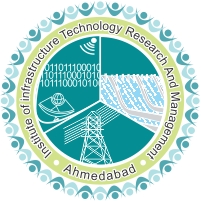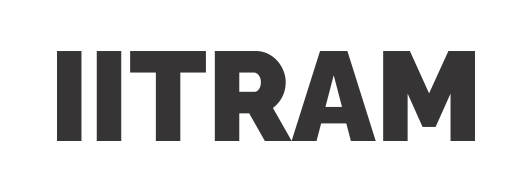Automated accurate insomnia detection system using wavelet scattering method using ECG signals
Authors :- Sharma N.; Sharma M.; Telangore H.; Acharya U.R.
Publication :- Applied Intelligence, 54, 3464–3481 (2024).
Polysomnograms (PSGs), commonly conducted in sleep laboratories, serve as the gold standard for sleep analysis. Among the vital PSG components, the electroencephalogram (EEG) stands out, yet its recording and analysis pose technical challenges, particularly within home settings. PSG procedures involve intricate sleep labs and the attachment of multiple electrodes to subjects’ bodies, making them less patient-friendly. The discomfort of wearing electrodes on the skull cap in an altered sleep environment can adversely impact sleep quality and data accuracy. In contrast, electrocardiogram (ECG) signals present a more accessible option for home-based sleep monitoring due to their simpler recording and analysis. Leveraging ECG signals for automated insomnia detection holds promise in enhancing practicality. Consequently, this study aims to develop an automated approach solely utilizing ECG signals, conveniently captured through wearable devices, for precise insomnia identification. For the automated identification of insomniac subjects, the proposed study uses the Deep Wavelet Scattering Network (DWSN) network. The extracted DWSN-based features of the ECG signals have been applied to different machine-learning algorithms to identify insomnia. The proposed method was validated on three different datasets, namely the Wisconsin Sleep Cohort (WSC) dataset (n = 308; where n = number of subjects), the Sleep Disorder Research Centre (SDRC) dataset (n = 22), and the Cyclic Alternating Pattern (CAP) dataset (n = 25). Our proposed method obtained the highest classification accuracy of 99.9% using the Weighted K-Nearest Neighbour (WKNN) classifier, and a Kappa value of 0.993 with the WSC dataset. Similarly, the highest classification accuracy of 99.60% for the SDRC dataset was obtained using the Trilayered Neural Network (TNN) classifier with a Kappa value of 0.991. The highest classification accuracy of 99% was obtained for the CAP dataset using the Ensemble of Bagged Tree (EBT) classifier with a 0.979 Kappa value. The proposed study suggests an automated, computerized method for creating a machine learning model with explainable artificial intelligence (XAI) capabilities, employing DWSN-based characteristics to distinguish healthy subjects and insomnia subjects. To gain an understanding of the model, the study uses feature ranking based on SHAP (Shapley Additive exPlanations). The proposed study is also the first of its kind to provide the highest accuracy for the classification of insomnia using a huge database. Hence, our model is more generalized as it used diverse and large-scale databases. The suggested study outperformed all previous methods in terms of efficiency, dependability, and accuracy. Thus, the proposed method can potentially aid in the clinical identification of insomnia. Similar content being viewed by others

